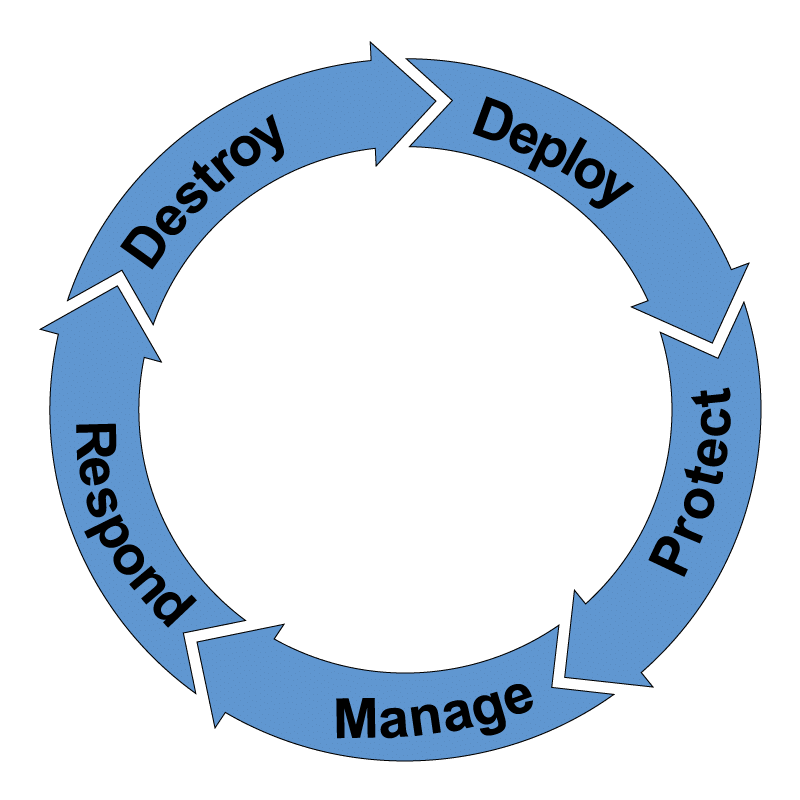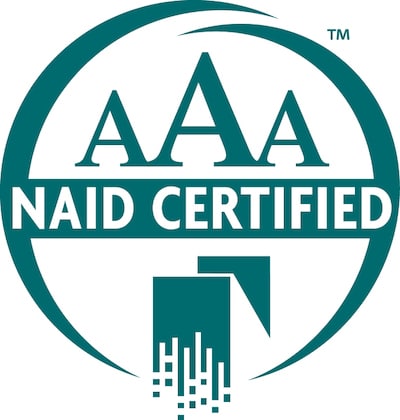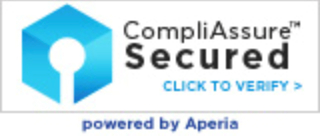Common Scalability Mistakes SMBs Make
 Most small and medium-sized businesses (SMBs) are stretched for time and resources, due to which they may end up rushing through process implementations, technology upgrades and new hire training. Inevitably, this results in botched executions and a foundation that doesn’t support sustainable scalability.
Most small and medium-sized businesses (SMBs) are stretched for time and resources, due to which they may end up rushing through process implementations, technology upgrades and new hire training. Inevitably, this results in botched executions and a foundation that doesn’t support sustainable scalability.
Sustainable scaling allows you to scale up or down as needed and considers your people, processes and technologies. This is important for the future of your business because it prepares you to deal with unexpected changes. However, before embarking on the path to sustainable scalability, you should be aware of the most common mistakes to avoid.
Look out for these mistakes
The first step towards sustainable scaling is knowing what mistakes to avoid. So, keep an eye out for the following:
Lack of proper documentation (for processes, knowledge, technology, etc.)
We’ve all seen it happen. Your best employee moves on to the next chapter in their career with a new company, taking years of undocumented expertise with them, causing tremendous stress on remaining team members and occasionally leading to other resignations. This is why documentation is crucial for every business.
Other serious effects of poor documentation include the following:
- Incorrect business decisions that could cause revenue loss
- Unnecessary time spent hunting for information
- Uncertain communication within the organization, resulting in issues such as organizational stress
- Inaccurate information on employee performance, client preferences and so on
- Inadequate customer service and human resource management
- Inappropriate billing, which could result in fraud charges
Disconnected systems
For several reasons, disconnected systems make your organization unproductive and likely cost you money. It can primarily result in unnecessary data duplication, leaving you with dirty data piling up on your network.
Because there is no free flow of data from one system to another, it could slow down processes. Finally, disconnected systems limit real-time data, which impairs your capacity to understand what’s going on in your company and restricts the validity of analytics and trend reporting you can use to make pivotal decisions.
In short, the separation between systems causes unnecessary expenses due to redundant, sometimes erroneous and delayed data. As a result, the goal should be to build a single integrated system in which data is created and efficiently flows through all systems.
Outdated onboarding and ongoing training
Many companies don’t have adequate customer or employee onboarding and training procedures. This leads to higher employee and customer churn, which negatively impacts your bottom line.
Other repercussions of inadequate onboarding and training include decreased employee/customer morale, diminished employee/customer engagement and confidence, a lack of trust within the organization and a failure to meet financial targets.
Unknown vulnerabilities
An unexpected cyberattack is one of the worst things that can happen to an organization. It could be the result of an undiscovered software vulnerability, a security bug that hackers exploited before the patch was released or a security flaw where the company released a patch that you missed.
Unknown vulnerabilities can harm your information and sensitive data significantly. When these circumstances arise, being proactive rather than reactive will assist you in avoiding or minimizing the extent of the damage.
Unsupported technologies
If not addressed promptly, out-of-date legacy systems might become your growth story’s biggest faux pas — the consequences of which can have a significant financial impact on your organization.
Remember, outdated systems expose your network to hackers, lower overall productivity and could even push your most valuable employees out the door because they are tired of dealing with shoddy systems that make their jobs hard.
Ultimately, day-to-day operations and finances may suffer since the costs of maintaining obsolete components and the likelihood of failure rise.
Partner for success
To avoid repeating these mistakes and to achieve long-term scalability, you’ll need a thorough understanding of the tools and best practices required to address the situation, as well as a lot more time and effort than you may have available in your hectic schedule. That’s why working with a managed security service provider (MSSP) that can relieve you of this significant burden while simultaneously giving you the necessary guidance and expertise to help you navigate the wave is ideal.
Why look further? Our years of experience and subject knowledge might be just what you need. Reach out to us for a no-obligation consultation or check out our cyber resiliency assessment.








